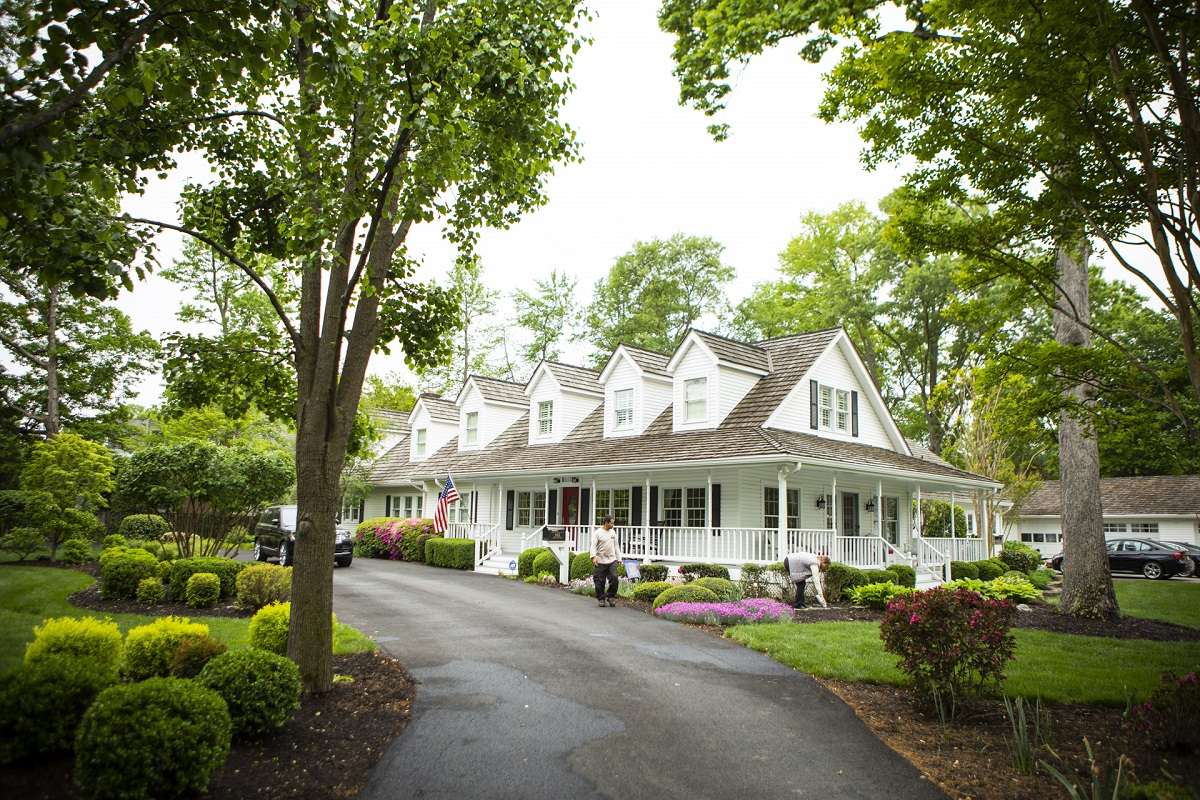

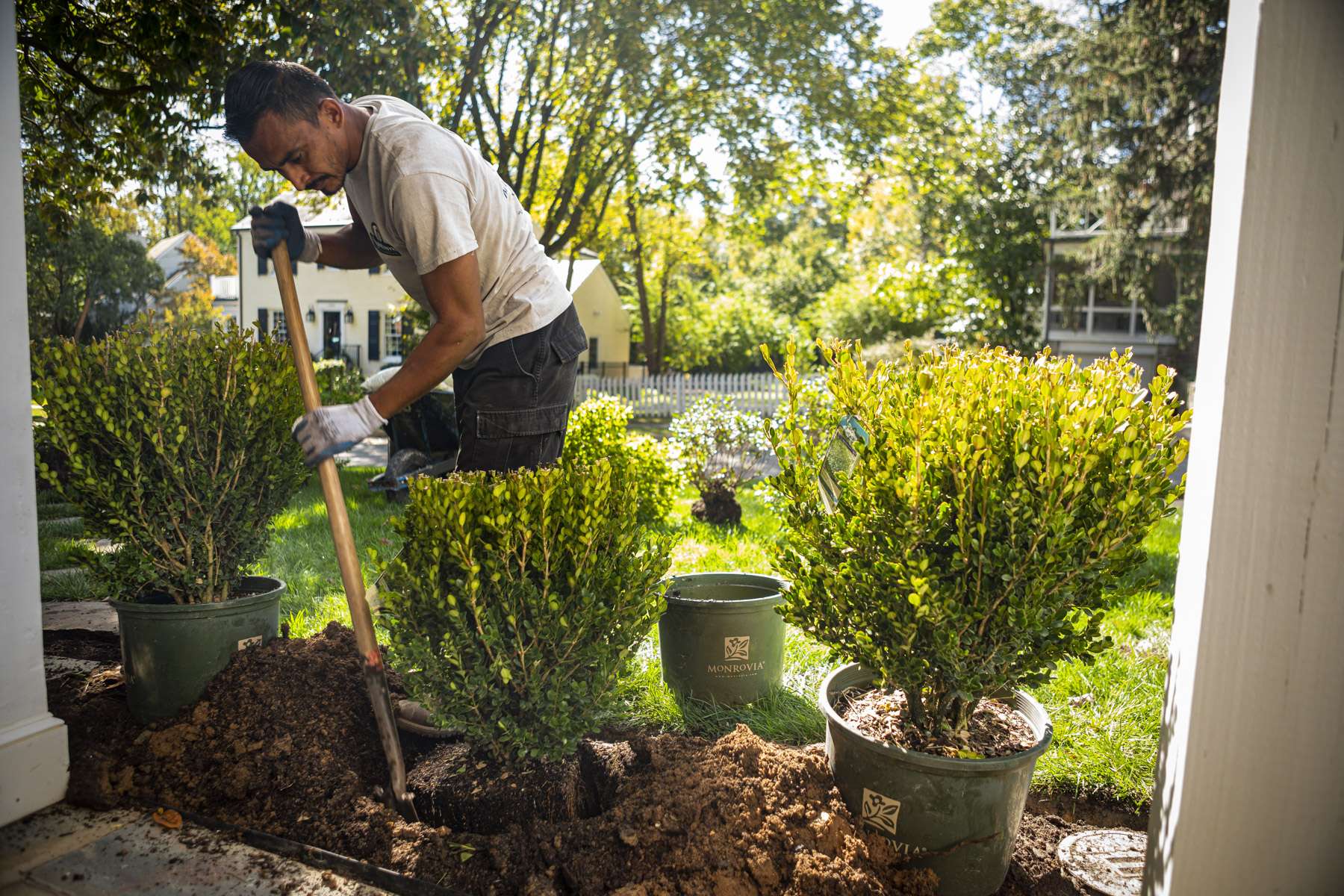
Choosing the best plants for your Northern VA property is more than just choosing ones that you think look nice. While a lot of people will just go to a local nursery and pick out some pretty choices, there are actually several important considerations that should go into that decision-making process.
One consideration is native vs. naturalized plants.
We often talk about Virginia-native plants that would make great choices for your property. But native plants are not your only option.
In this article, we’ll explain the differences between native vs. naturalized plants and also cover some naturalized plant examples that would make excellent additions to the landscape.
We’ll cover these 11 naturalized plant examples:
Just like the name implies, native plants are those that originated in the area where they are growing. In other words, they are indigenous and naturally occurring in this region.
Some examples of native plants in Virginia include Coneflower, Swamp Milkweed, Inkberry, River Birch, and Eastern Redbud.
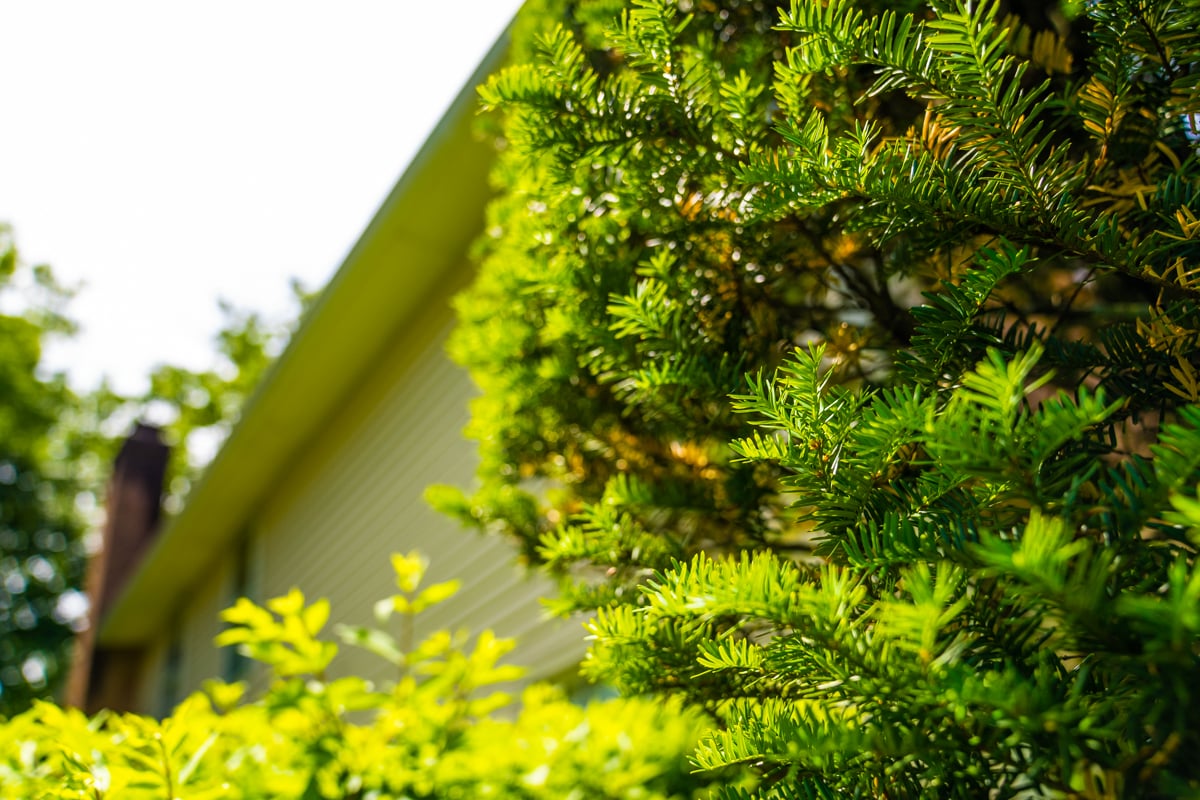
Research has shown that native plant choices help promote a healthy environment and support a diversity of animals. Native plants also tend to host more insects, including pollinators.
Naturalized plants, on the other hand, are plants that did not originate in an area but have performed well and reproduced over time. They have become well-adapted to the region and can also make beneficial choices for the landscape.
At Kingstowne, we often use many naturalized plants in our landscape designs. They often make excellent choices that benefit the landscape. Let’s talk about some of our favorite choices.
Let’s talk about 11 of our favorite naturalized plants to use in landscape designs. These are plants that we use quite often and they are popular choices with homeowners.
.jpg?width=2948&height=2479&name=red%20twig%20dogwood%20(CC).jpg)
This shrub provides four-season interest including bright red branches in the winter (that will pop in an otherwise barren landscape), spring blooms, variegated summer leaves, and berries between summer and fall.
.jpg?width=4608&height=3072&name=Hydrangea%20paniculata%20limelight%20(CC).jpg)
The hydrangea is always a homeowner's favorite due to its fragrant and large flowers. Panicle hydrangeas, including Hydranea 'Limelight' seen above, are easy to grow and adaptable. They’ll perform well with minimal care.
%20CC.jpg?width=5472&height=3648&name=Crape%20Myrtle%20(Lagerstroemia)%20CC.jpg)
Due to their popularity in the South, people are often surprised to learn that Crape Myrtles are not native to the United States. These naturalized plants are native to Asia. But these trees were introduced to South Carolina in 1786 and have become a staple of southern states. They perform well in our region and provide lots of interest and beauty.
%20CC.jpg?width=4032&height=3024&name=Deciduous%20Azalea%20(Rhododendron%20pentathera)%20CC.jpg)
We love using sun-tolerant, deciduous Azaleas in the Northern Virginia landscape. In general, Azaleas are grown for their ornamental flowers that make a spectacular show in the springtime. While they have a short bloom time, they’re quite impressive when flowering.
.jpg?width=5092&height=3143&name=Spirea%20japonica%20(CC).jpg)
This flowering shrub has blooms in pink, white, and red varieties. It is often used as an accent plant, hedge, or border plant. It’s a low-maintenance option that doesn’t require tons of upkeep and care.
.jpg?width=5254&height=3503&name=Viburnum%20prunifolium%20(CC).jpg)
There are many variety choices of Viburnum and they are available in a range of sizes. We particularly like Korean Spice Viburnum and Burkwood Viburnum. In general, this plant is often called a “living fence” because it grows so thick it works great as a privacy screen. For that reason, it’s often used for border planting.
%20CC.jpg?width=1000&height=665&name=Japanese%20Laurel%20(Aucuba%20japonica)%20CC.jpg)
The Aucuba, known commonly as the Japanse Laurel, is a broadleaf evergreen shrub native to East Asia and Japan but that has become well-adapted to Virginia and other areas further south. It can also be used as a hedge or a privacy screen.
%20CC.jpg?width=1000&height=750&name=Burford%20Holly%20(Ilex%20cornuta)%20CC.jpg)
Holly plants are another excellent choice for naturalized plants. We particularly like Blue Holly and Burford Holly. Blue Holly gets its name for its glossy bluish-green leaves. It can grow as tall as 15 feet and does well in full sun to partial shade. Burford Holly is a dense evergreen shrub that works well as a privacy hedge due to its thick growth. It can grow in partial shade to full sun and is generally pretty maintenance-free.
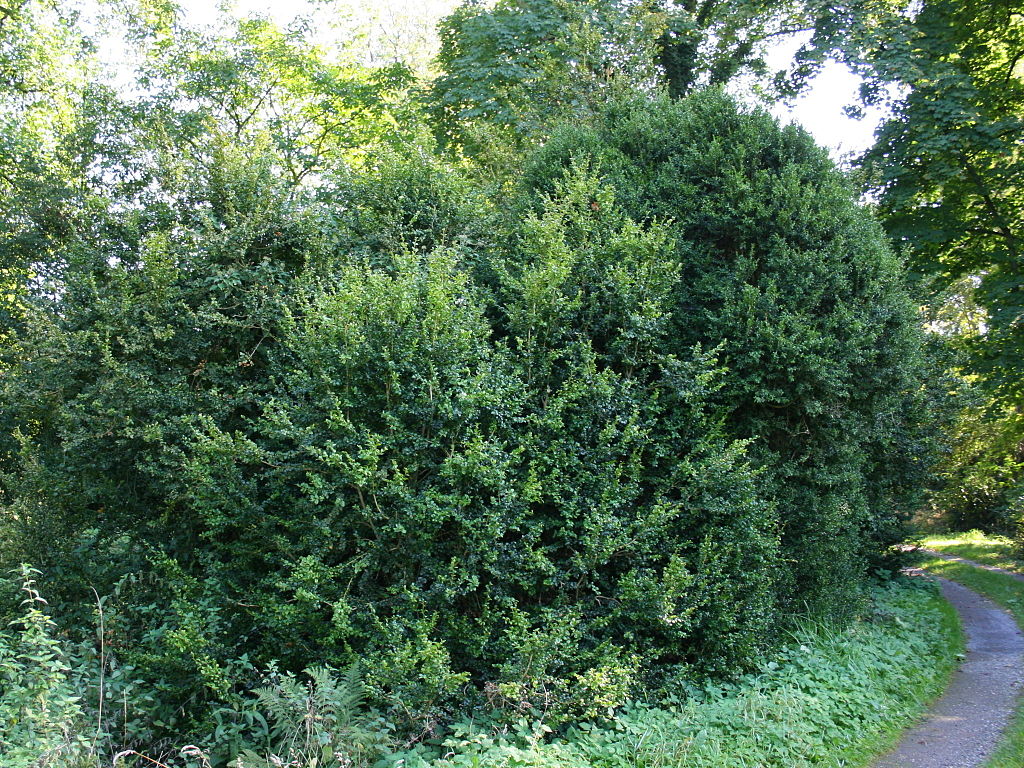
Boxwood is incredibly popular in the suburban landscape due to its versatility and year-round appeal. But this evergreen shrub is surprisingly not native to North America. Its origins trace back to Asia and Europe. In fact, even the American Boxwood is not originally from the United States! Even so, it performs well in our region and continues to remain a top pick for plant beds.
.jpg?width=5184&height=3456&name=Abelia%20Kaleidoscope%20(CC).jpg)
This ornamental shrub is semi-evergreen but can make a great compact choice for your Northern Virginia property. It is a naturalized plant that is tough and beautiful. It was originally found in Eastern Asia.
%20CC.jpg?width=4300&height=3072&name=Sweet%20Box%20(sarcococca%20ruscifolia)%20CC.jpg)
This busy evergreen shrub has glossy leaves and, when it blooms, fragrant white flowers. It is native to Asia and the Himalayas but has adapted well to our region and is a versatile choice for plant beds and borders.
We can’t talk about native vs. naturalized plants and not also talk about invasive species. Non-native plants that have become adapted to the region but grow so fast that they start to choke out native plants are considered invasive species.
Invasive species can become problematic. However, not all naturalized plants are invasive. The plants that we mentioned above would not fall into that category.
Some of the non-native, invasive species that we’d recommend you avoid or are quite careful with, include:
These plants can also grow quite quickly and easily take over a landscape. Sometimes it’s a matter of knowing what you’re getting into. For instance, Ajuga can be a great groundcover, but it can also spread very rapidly into the lawn and then be difficult to control.
In general, ground covers can spread quickly so it’s important to be aware of what you’re planting and whether it’s suited to that location.
Plant selection and installation can get complicated. But when you’re partnering with a professional, you don’t have to figure all of this out on your own. The right landscape pro will help you make the best possible decisions for your Northern Virginia home. It will likely include a mix of native and naturalized plants that are best suited to grow on your particular property.
After all, it’s not just choosing between native vs. naturalized plants but also considering micro-climate decisions related to your specific home. You’ll have to consider the soil, amount of shade, and other factors as you make a decision about what will grow best.
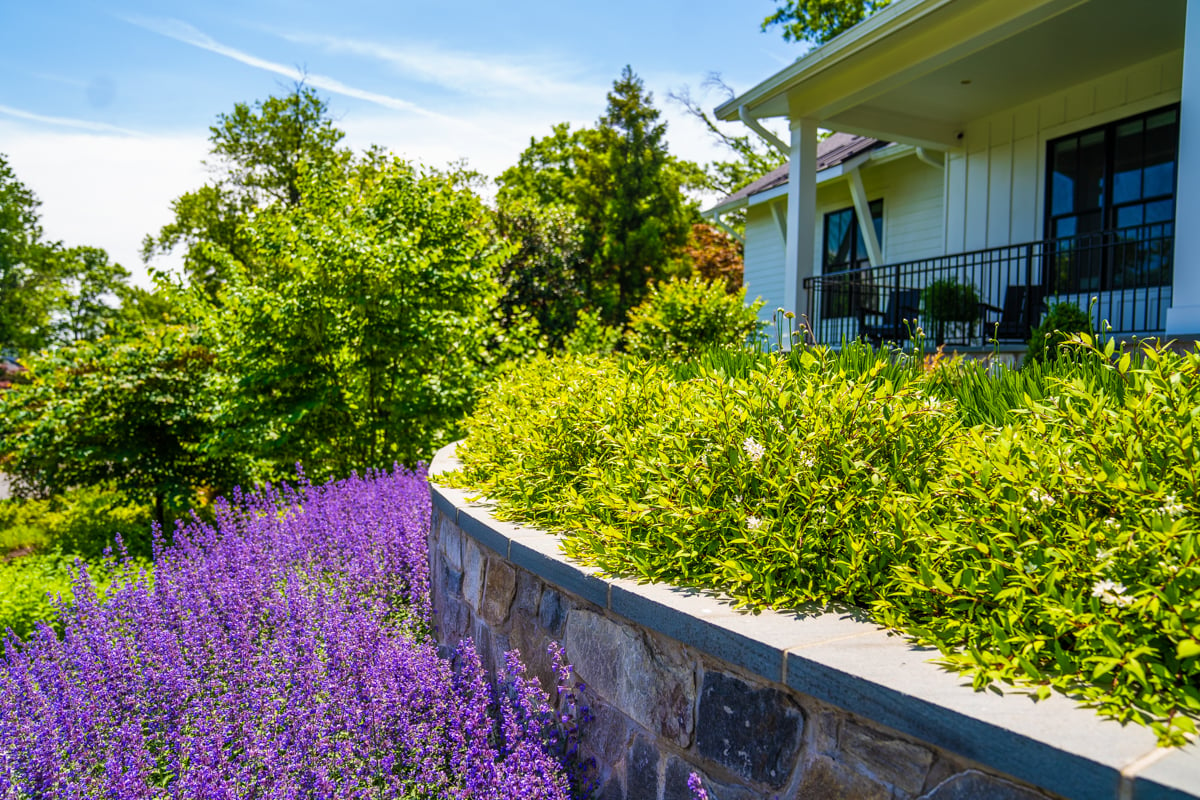
There are even planting zone considerations that come into play. Northern Virginia primarily falls into Zone 7b, but plants slightly outside of that geographical range can also sometimes work well.
It’s all quite complex!
Fortunately, at Kingstowne Lawn & Landscape, we know that proper plant selection and installation are incredibly important when it comes to your ultimate happiness with your landscape.
We know that when you are purchasing plant material you expect it to last many years. In addition to paying attention to proper planting zones, we’re also looking at both native and non-native options that might work best for you.
With an expert helping you make the best possible choices, you’ll feel confident that your landscape will be everything that you want it to be.
If you’d like to discuss landscape installation, plant health care, pruning or mulching for your landscape, let's get in touch! Request a quote, get your customized plan and relax knowing that your plants are in good hands.
Image Sources | Red Twig Dogwood, Hydrangea, Crape Myrtle, Azalea, Spirea, Viburnum, Japanese Laurel, Holly, Abelia, Sweet Box

Since its founding, Krisjan has led Kingstowne Lawn & Landscape with a straightforward philosophy: treat every customer like the “only” customer. His passionate pursuit of excellent customer service has led to 28 successful years and a thriving company with over 85 employees. Since 1997, Kingstowne has helped thousands of homeowners in the Alexandria, Arlington, and Springfield, VA area get what they want - a worry-free property they can be proud of.


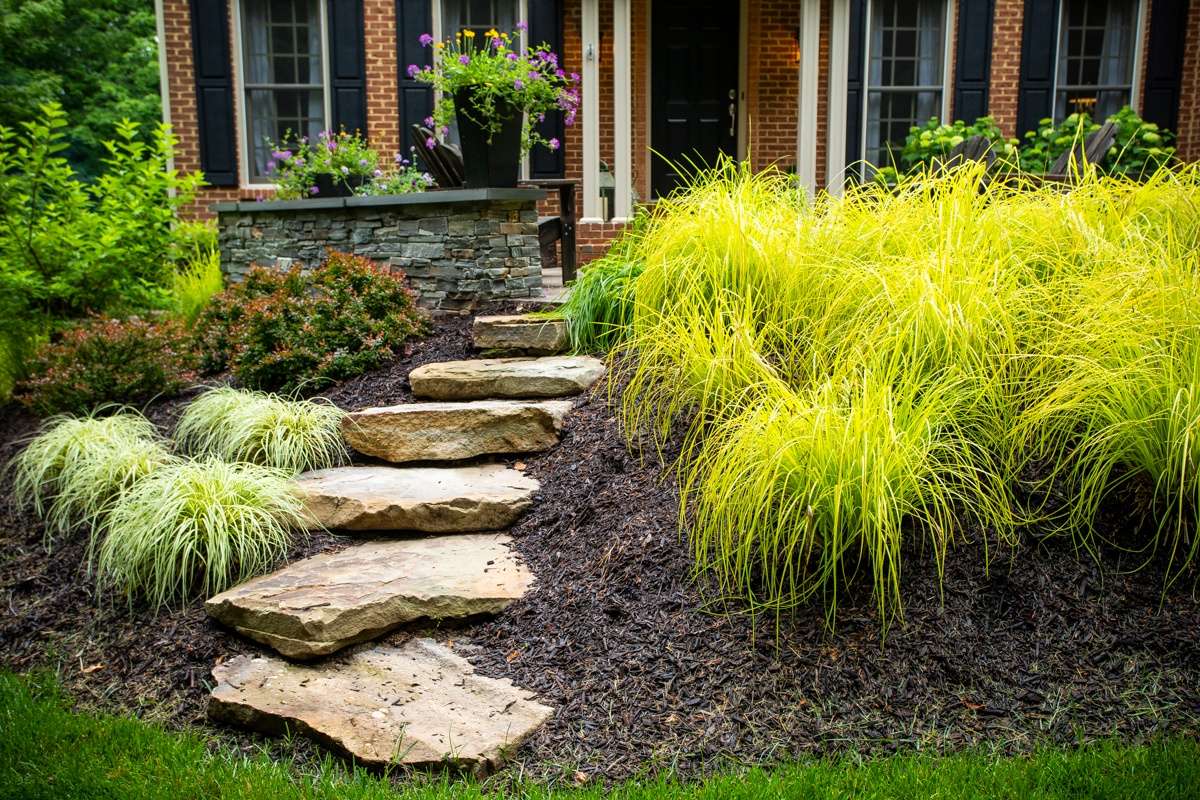

If You're Looking For a Sign, This is It.
Seriously, that lawn isn't getting any better on it's own. Mrs. Jones just called the HOA on you